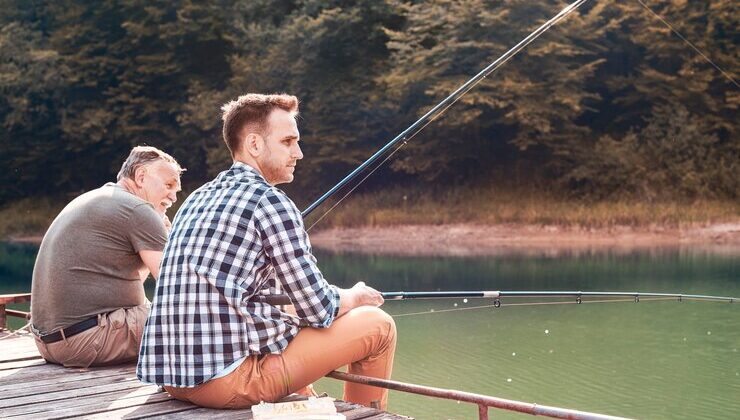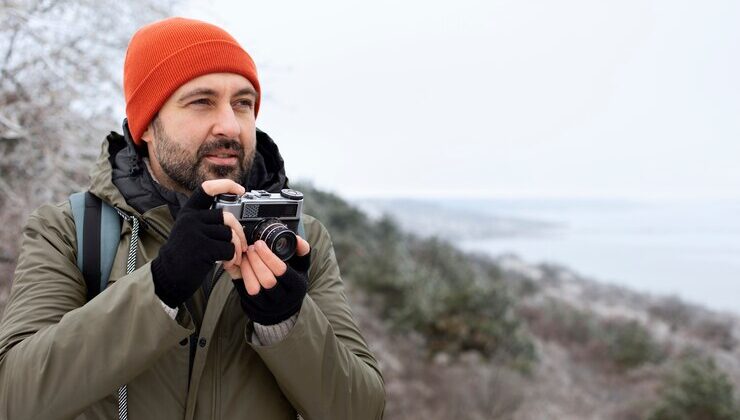
Latest post
Popular Posts

Unveiling The Truth: The Real Story Behind Kennedy Funding Ripoff Report (577)
- Muhammadhasib
- September 29, 2024

The Ultimate Guide to Slinguri: Types, Symptoms, Causes, and Treatment (205)
- Muhammadhasib
- July 20, 2024

Comprehensive Guide to Kingymab: Uses, Benefits, and Insights (203)
- Muhammadhasib
- July 20, 2024

Traceloans: Comprehensive Guide and Insights (201)
- Muhammadhasib
- July 20, 2024
Category: Life Style
- Home
- Life Style
Popular Post

Unveiling The Truth: The Real Story Behind Kennedy Funding Ripoff Report (577)
- Muhammadhasib
- September 29, 2024

The Ultimate Guide to Slinguri: Types, Symptoms, Causes, and Treatment (205)
- Muhammadhasib
- July 20, 2024

Comprehensive Guide to Kingymab: Uses, Benefits, and Insights (203)
- Muhammadhasib
- July 20, 2024

Traceloans: Comprehensive Guide and Insights (201)
- Muhammadhasib
- July 20, 2024
Weather
haze
27℃
humidity: 89%
wind: 4.12 km/h
-
31℃Sun
-
32℃Mon
-
33℃Tue
-
32℃Wed
-
34℃Thu
-
29℃Fri
-
30℃Sat














Justin Billingsley: A Connecticut Innovator Shaping the Future of Marketing and Technology
Justin Billingsley: A Connecticut Innovator Shaping the Future of Marketing and Technology